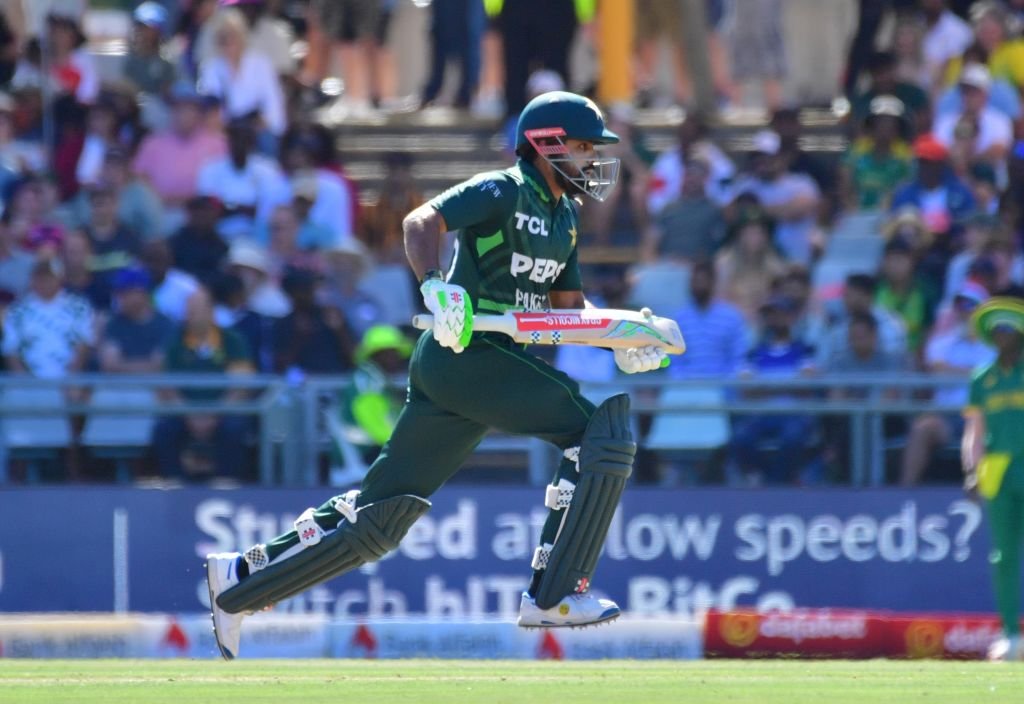
In the third One-Day International (ODI) between Pakistan and South Africa at the Wanderers Stadium in Johannesburg, Pakistan’s captain, Babar Azam, showcased his class with a composed half-century, scoring 52 runs off 71 balls. His innings, featuring seven boundaries, was instrumental in stabilizing Pakistan’s batting lineup after the early dismissal of opener Fakhar Zaman.
Babar’s partnership with Saim Ayub was pivotal, as both batsmen reached their fifties, steering Pakistan to a strong position. Their collaboration highlighted the depth and resilience of Pakistan’s batting order, effectively countering the South African bowling attack.
However, Babar Azam’s innings came to an end when he attempted an aggressive shot off 18-year-old debutant pacer Kwena Maphaka, only to find David Miller at short midwicket. This dismissal was a significant breakthrough for South Africa, as Babar’s presence at the crease had been a substantial obstacle.
This half-century marked Babar’s 34th in ODIs, underscoring Babar Azam’s consistent performance and vital role in Pakistan’s batting lineup. Notably, it was his second consecutive fifty in the series, reflecting his return to form after a period without significant scores.
Despite Babar’s efforts, Pakistan’s innings faced challenges, with the team eventually being bowled out for 248 runs in 43.1 overs. South Africa’s bowlers, led by Maphaka’s impressive debut performance, managed to contain Pakistan’s batting lineup, setting up a competitive target for the hosts.
Babar Azam’s ability to adapt to different situations and conditions has been the hallmark of his career, and his innings against South Africa was yet another example of his batting maturity. Despite facing a challenging pitch and disciplined bowling, he displayed remarkable patience and technical proficiency, ensuring Pakistan stayed in the contest.
As the series progresses, Babar Azam’s form will be crucial for Pakistan’s prospects. His ability to anchor the innings and build partnerships remains a cornerstone of Pakistan’s batting strategy. Fans and analysts alike will be keenly observing how he continues to lead from the front in the remaining matches.

